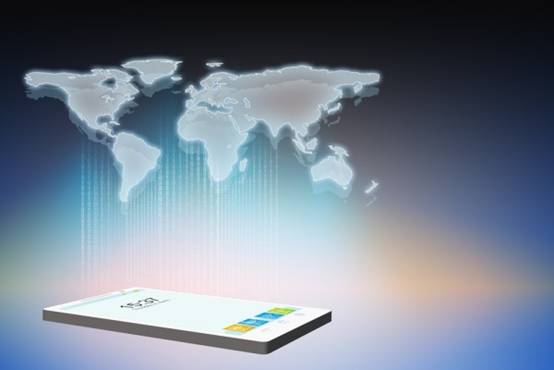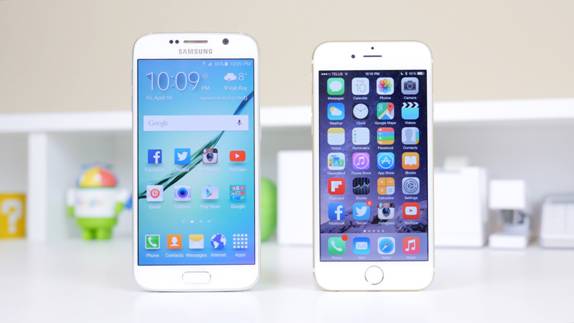Technology Leap: The Year of The Smartphone
If you were to Google the term ‘smartphone statistics’, you would quickly become inundated with an overwhelming tide of interesting facts and figures. These are extremely informative and insightful, while they also underline how the smartphone industry continues to grow and evolve at an exponential rate. The average person unlocks their handset 110 times each day, for example, as we continue to rely heavily on the huge range of smartphone features currently available in 2015.

The Evolution of smartphones: From Humble Origins to Feature Phones
The smartphone journey began in earnest on April 3rd, 1973, as this is the date of the world’s first mobile call. This was made on a large, cumbersome device manufactured by Motorola, which weighed in at a staggering 1.1kg and took 10 hours to fully charge (in exchange for 30 minutes talk time). Motorola refined the design and released its inaugural commercial handset a decade later, with the original unit priced at a staggering $3995 on the retail market.

Mobile phones remained cumbersome and expensive until the late 1990’s, when technological advancement and continual innovation began to shape the market. New brands such as Nokia entered the fray at this time, as market competition and the proliferation of technology combined to drive down the cost of handsets. Mobile phones also became smaller and more compact, as feature phones began to lead the market and benefit from an increased number of functions.
The Age of the Smartphone

The last decade has seen the rise of the smartphone, which has transcended the original industry and developed handsets that are truly intuitive and multifunctional. New releases such as the Apple iPhone 6s and Samsung s6 have led this charge, with Google also developing the Android platform as one of the primary operating systems on the market. With outstanding connectivity and wireless capabilities, today’s smartphones can be used to perform a range of tasks including time management and processing contactless payments.
The market will continue to advance at a rapid pace, however, with current service such as Talkmobile developing new methods of executing real-time calls without a signal. Even feature phones have been replaced with cheap smartphone handsets, which are Internet-ready and sold for as little as £17 in some markets. There is even talk of Google releasing a modular smartphone in the next 18 months, which will negate the need to upgrade specific handsets as users can simply replace individual components cheaply as and when required.


